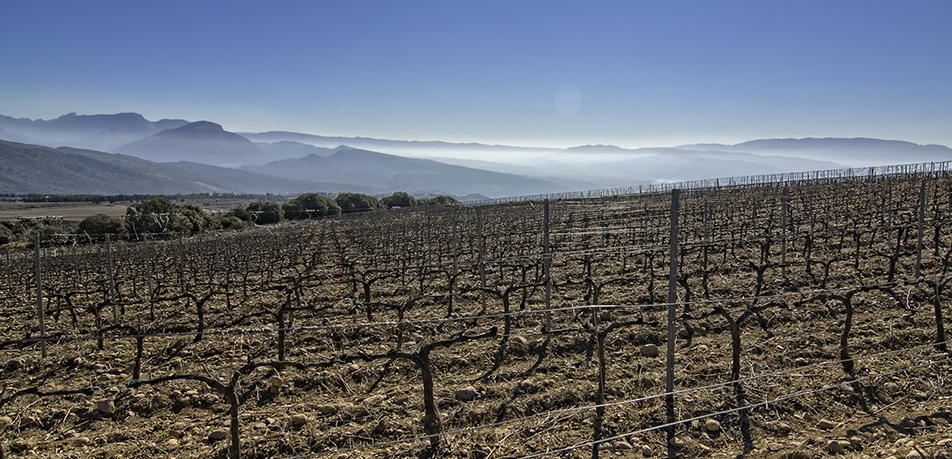Pruning to Generate Power

For the winegrower, the onset of the winter cold marks one of the most important events in the vineyard calendar: pruning.
Winegrowers contemplate a range of circumstances when it comes to picking the perfect time for this vital task, from following lunar cycles to considering potential frost hazards. One thing is certain, however. Pruning must happen during the vine's dormancy: after leaf fall, when the canes are completely bare, but before the vine begins to bud.
This crucial task isn't just decisive for a successful harvest, but can also provide the winegrower with an additional asset: recovering the energy from the biomass of pruning residues.
In winegrowing, few renewable energies offer the level of opportunity in terms of use and exploitation as biomass. In fact, burning plant-based fuel is one of the oldest forms of producing energy, and still one of the most widely used around the world.
[[{"fid":"19123","view_mode":"default","fields":{"format":"default","alignment":"","field_file_image_alt_text[und][0][value]":false,"field_file_image_title_text[und][0][value]":false},"type":"media","field_deltas":{"1":{"format":"default","alignment":"","field_file_image_alt_text[und][0][value]":false,"field_file_image_title_text[und][0][value]":false}},"link_text":null,"attributes":{"height":513,"width":770,"style":"height: 333px; width: 500px;","class":"media-element file-default","data-delta":"1"}}]]
Manual pruning at vineyards in St. Miquel (Tremp), a Familia Torres property
It is true that burning plant material releases CO2 into the atmosphere, but remember, this is the same CO2 that the tree or plant had previously stored through photosynthesis as it grew. This is why we describe biomass as being carbon neutral, and its development helps reduce greenhouse gas emissions associated with the burning of fossil fuels like oil, natural gas, or coal.
And in developing biomass energy, the use of agricultural pruning residues has shown great potential.
According to CIRCE (Research Center for Energy Resources and Consumption) at the University of Zaragoza, around thirteen million tons of pruning-derived plant residues are generated across the EU every year. If we could recover this valuable resource to produce energy from its biomass, we would be taking a big step forward in global warming mitigation efforts, as well as boosting the local economy by creating new opportunities for rural development.
From an environmental and economic standpoint, biomass energy is entirely advantageous, and nothing impedes its development on a technical or logistical level. And yet the use of biomass from grapevines and other large-scale agricultural crops (olive trees) holds almost no interest for governments, which barely mention it in their plans to promote renewables (when those plans even exist).
[[{"fid":"19124","view_mode":"default","fields":{"format":"default","alignment":"","field_file_image_alt_text[und][0][value]":false,"field_file_image_title_text[und][0][value]":false},"type":"media","field_deltas":{"2":{"format":"default","alignment":"","field_file_image_alt_text[und][0][value]":false,"field_file_image_title_text[und][0][value]":false}},"link_text":null,"attributes":{"height":856,"width":1367,"style":"height: 313px; width: 500px;","class":"media-element file-default","data-delta":"2"}}]]
Recently pruned canes in the El Lloar vineyards (DOQ Priorat), a Familia Torres property
One remarkable effort in this regard is what Familia Torres has been implementing at its Pacs del Penedès winery since 2012, where it operates the largest biomass boiler of any winery in Spain.
The plant runs on pruning canes and old uprooted vines that have been replaced. The biomass boiler has reduced natural gas consumption by 95%, thus preventing the emission of 1,300 tons of CO2 per year. An excellent example of a circular economy and the commitment to combating climate change.
